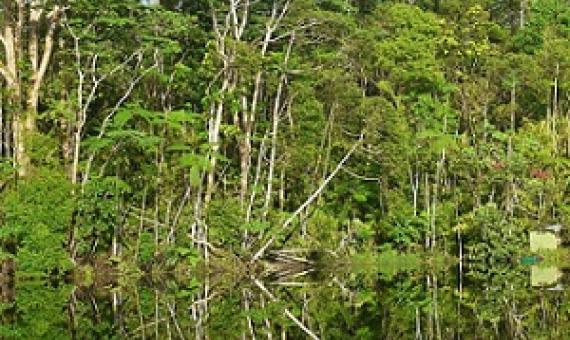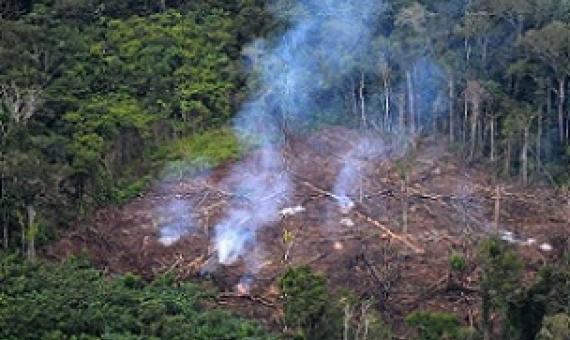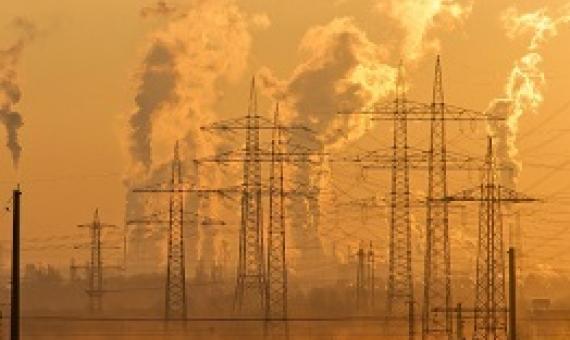Over-extraction of the environment, pollution of the environment, and illegal trading are all factors that could lead to the extinction of endangered species.
Conservation of Biodiversity in the Pacific Islands of Oceania: Challenges and Opportunities
Pacific Island biodiversity has a notorious record of decline and extinction which continues due to habitat loss and degradation, invasive species, overexploitation, pollution, disease and human-forced climate change. In terrestrial systems, these global and local pressures are more acute because of relatively small land to sea area, high endemism and poor adaptations to resist predation.
Scientists’ warning – The outstanding biodiversity of islands is in peril
Despite islands contributing only 6.7% of land surface area, they harbor ~20% of the Earth’s biodiversity, but unfortunately also ~50% of the threatened species and 75% of the known extinctions since the European expansion around the globe. Due to their geological and geographic history and characteristics, islands act simultaneously as cradles of evolutionary diversity and museums of formerly widespread lineages—elements that permit islands to achieve an outstanding endemicity.
The global economy's business-as-usual approach to climate change has seen Earth's "vital signs" deteriorate to record levels, an influential group of scientists said Wednesday, warning that several climate tipping points were now imminent.
A group of researchers, led by a UNSW sustainability scientist, have reviewed existing academic discussions on the link between wealth, economy and associated impacts, reaching a clear conclusion: technology will only get us so far when working towards sustainability—we need far-reaching lifestyl









